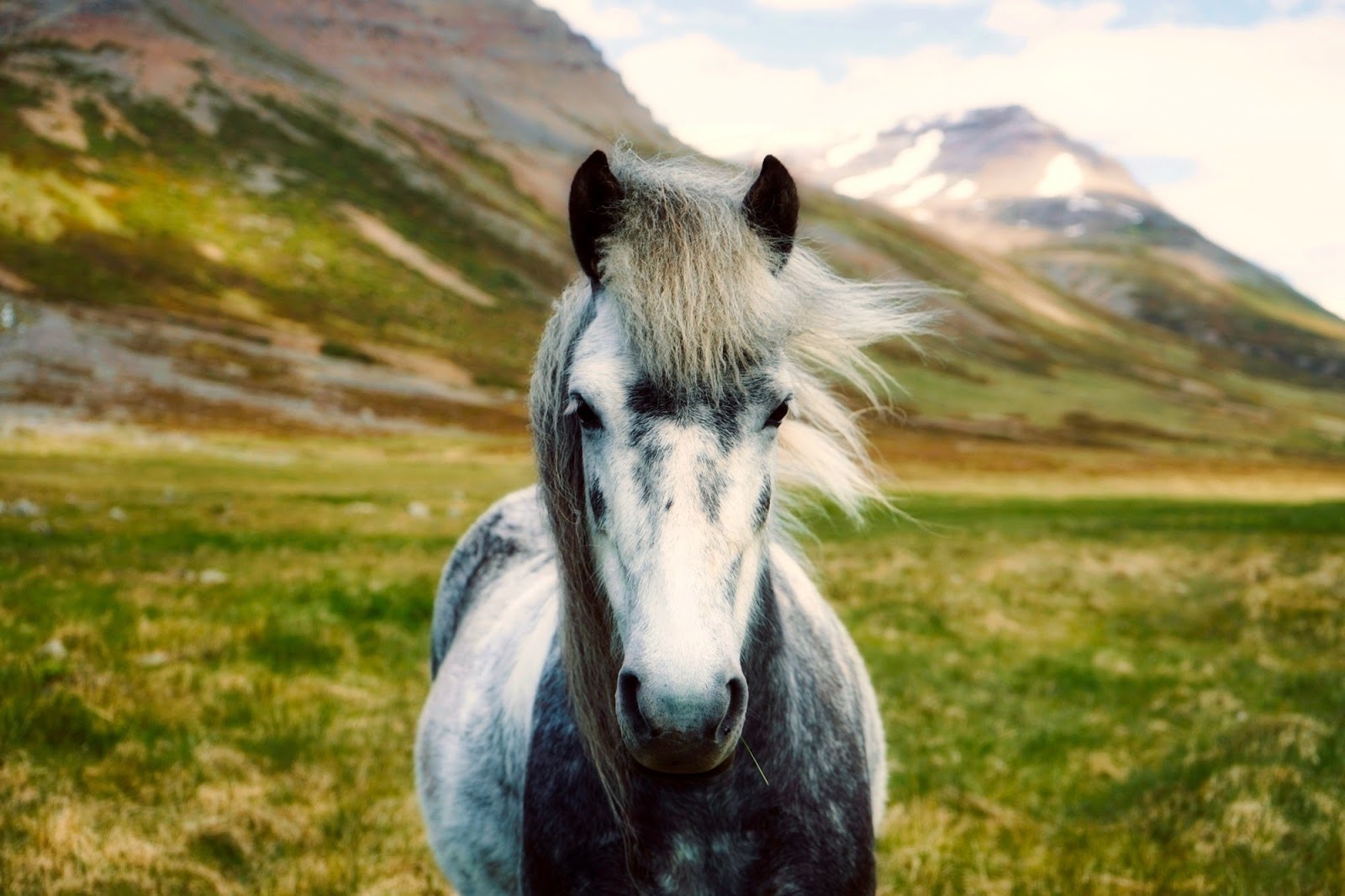
To know what’s going on in an animal's mind, we should first understand the animal's behavior
Animal behavior is a wide science containing much interesting information, and in animal behavior society to be a good animal behavior specialist you should learn how to find the optimum environmental conditions that are suitable for animal behavior and welfare which will reflect on animal performance and productivity.
You also can know what’s going on in the animal's mind to understand the body language .
One of most important animal behavior examples is when the horse descends his ears it means that he is going to bite. In normal animal behavior, his ears are directed cranially.
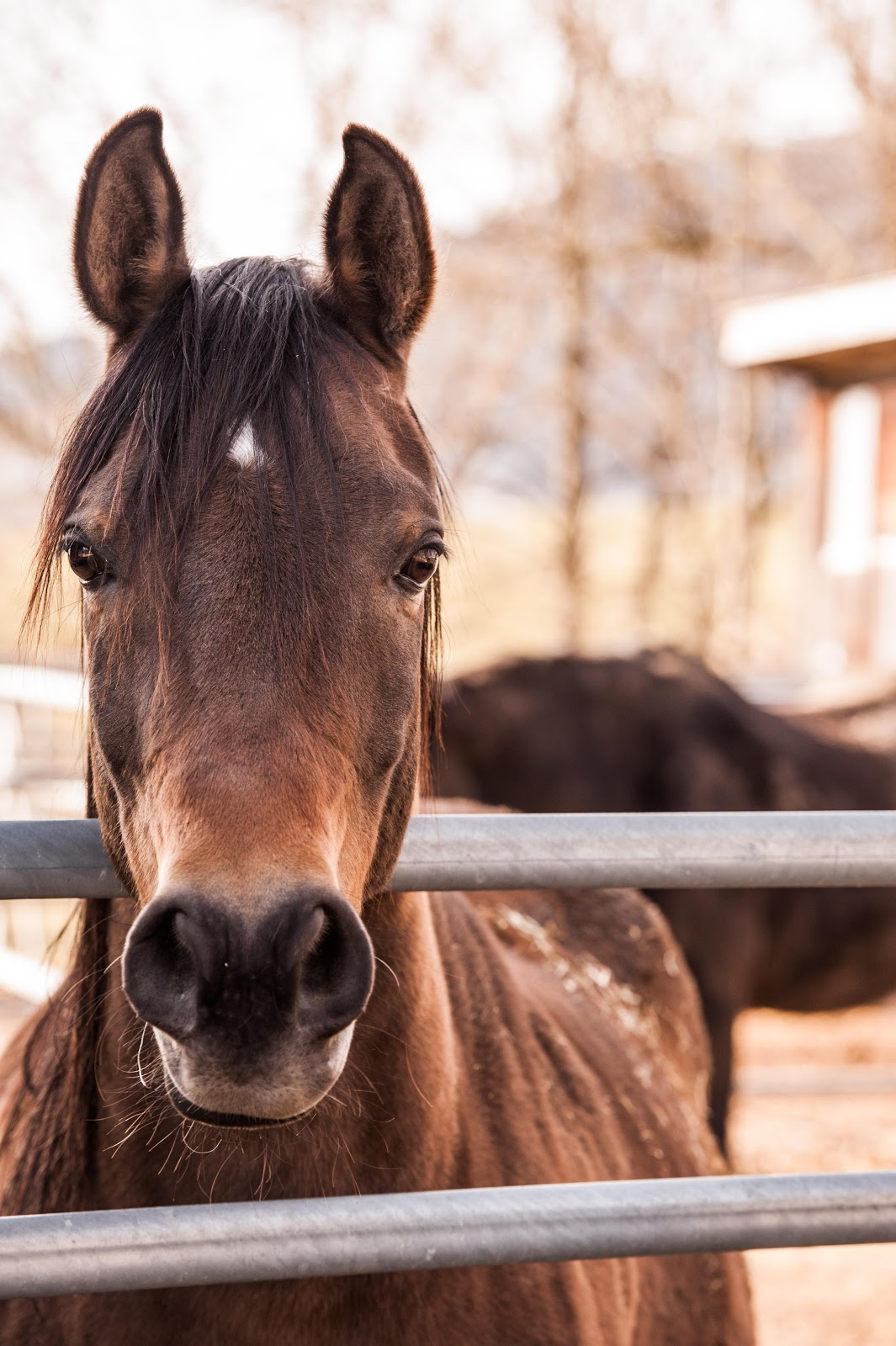
We can even study the factors which lead to abnormal behavior. which also affects their welfare.
Animal behavior specialists classify behavior into 2 types:
1-Inherited animal behavior which include maintenance and reproductive behaviors.
2-Acquired animal behavior.
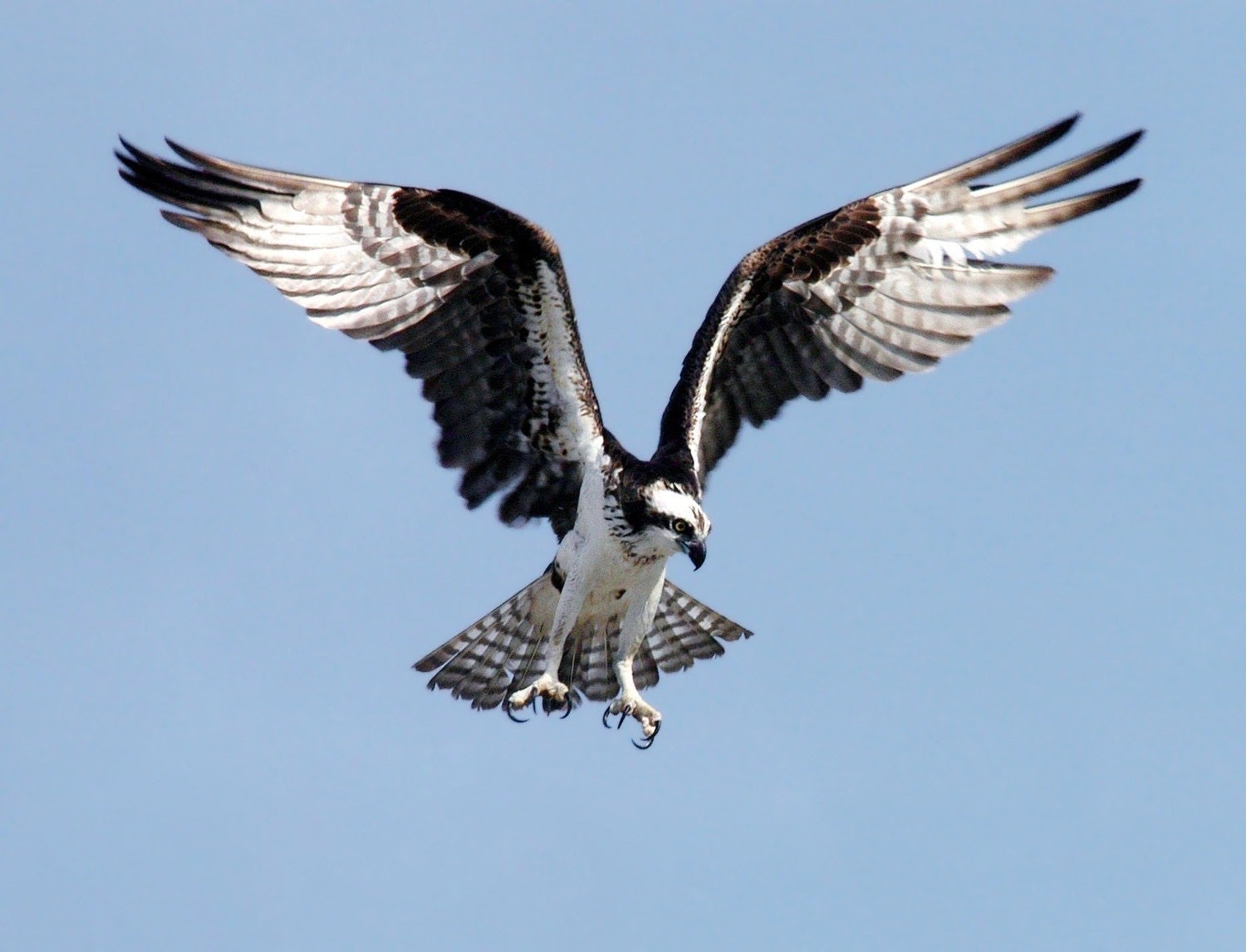
Let's talk about the Inherited animal behavior:
Inherited behavior is present from birth and connected to survival and animal kind. It is divided into two types:
1-Maintenance behavior:
Related to survival like digestive, sleeping, and resting activities of different species
For study different examples of it as;
a-chick make picking to everything in the ground
b-There is an old test made to the pregnant species to detect if the embryo is alive or not inside the uterus. The doctor checks palpation and puts his hand in the rectum to reach the uterus and put his sterilized finger in the mouth of the embryo if the embryo makes sulking to the finger this indicates that the embryo is alive.
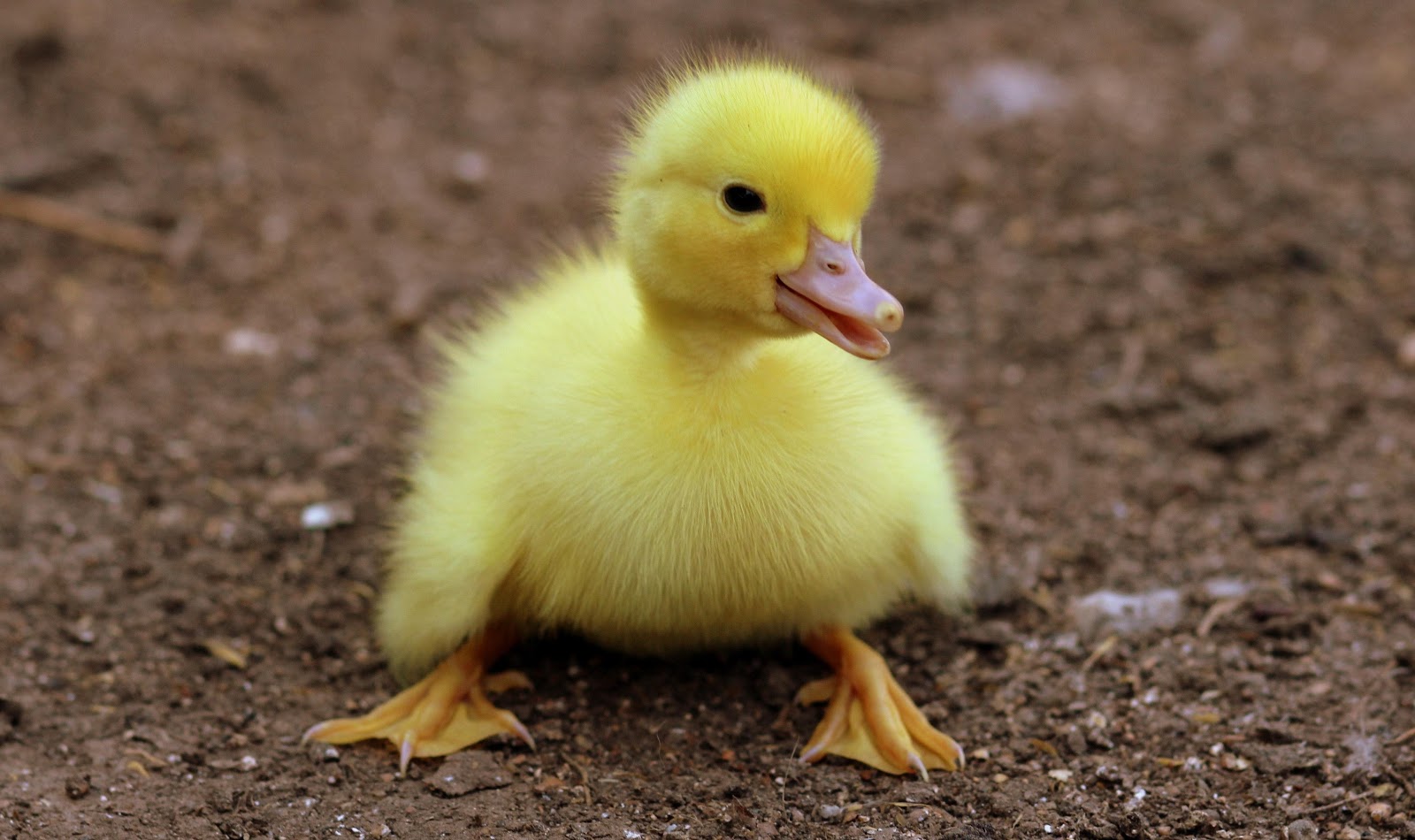
2-Reproductive behavior:
Relates to keeping animal kinds like sexual and maternal behavior.
Acquired animal behavior definition:
It means that the behavior arises during their life due to constant experience like an animal in circus trains every day on some habits and the acquired behavior is related to the memory system.
Acquired behavior can study different forms:
1-Habituation.
2-Associative learning.
3-Exploration.
4-Imprinting.
5-Insight learning.
Let’s start our study with habituation behavior definition:
Habituation in animals' species is the warning of response behavior which could be shown towards a repeated stimulus e.g if you move sheep heard to a desert road, he will show an escape response. With time this response will decrease gradually until disappear

Factors affect habituation:
1-Nature of stimulus either weak or strong examples.
2-Rate of the stimulus.
3-Stimulus regularity: regular or irregular types.
4-animals state: healthy or diseased.
Habituation behavior depends on Animal handling (approach to animals) and Housing conditions.
Among examples, in the milking behavior, the animal can recognize the person who used to milk it. If we suddenly change the worker, it won’t be able to give milk to the new person.
So we must be careful and offer good circumstances suitable for animal Habituation.
2nd type of Acquired animal behavior is Associative learning in animals which includes 2 different forms:
1-Classical conditioning of Acquired behavior.
2-Operant conditioning of Acquired behavior.
The classical conditioning definition is how the animal learns to show an interesting response to a new stimulus. For example using the milking parlor to a heifer (cow which first time gives birth), putting cubs of the parlor on the teats of the udder, and working the parlor to make sound aids the heifer giving its milk. Also in some cases, we put the baby of the heifer in the milking site.
While The operant conditioning of acquired behavior makes the animal perform a special behavior to obtain a reward or to avoid punishment.
3rd type of Acquired animal behavior; the Exploration types:
Exploration or Investigation definition is any activity which enables the animal to acquire different information from its environment or its life.
Exploration is motivated by encountering the environment, but it stops when the environment becomes familiar.
Various Animals species make Exploration through different examples like smelling, biting, and kicking.
4th type of Acquired animal behavior is Imprinting:
Imprinting definition is a rapid and relatively stable behavior. It is acquired during early life and appears in young peds as they follow or imprint their parents. For example, the different animal's children learn that they must avoid natural predators and they also learn that types of toxic plants shouldn’t be eaten.

The 5th type of Acquired animal behavior is Insight learning behavior:
Insight learning behavior is the highest acquired type of learning of different species in which the animals give a good and high response.
When We talk about different types of animal behavior we should talk about various factors affecting it.
First, it may be External or Internal factors like :
1-Stimulus.
2-Biological rhythm.
3-post experience.
4-Physiological condition.
5-Genetic constitution.
According to the first factor:
Which is The stimulus, we should know that any different behavior originates from a stimulus first and maybe; visual, auditory, olfactory, or tactile stimulus.
But the 2nd factor:
Which is Biological rhythm; consists of:
Various series of events were repeated in an interval which distributed in a high regular. Or periodical variations of the animal activity for 24 hours or all over the year.
Example(sleeping), dogs are sleeping in the morning and active at night similar to rats that are active at night. On the other side, chickens are more active in the morning and sleep at night.

While the 3rd factor:
Which is Post-experience consists of changes in the brain that result from changing the environment outside the brain and these changes affect the adult stage.
For example, scientists found that cannibalism in chicken which appears in feather picking, decreases if we raise two types of chicken in a deep pillar while one type of them is raised for more time than the other type.
The 4th important factor:
Is the physiological behaviors of different animal species.
-If there is a change in the physiological behaviors of animals' species
it appears in certain behaviors like thirst animals. First, there is an increase in internal osmotic pressure causing dry mouth so animals try to search and explore for water then it is translated into the behavioral water intake
-Another example of how the change in physiological condition affecting different animal behavior is the estrous cycle; When estrogen hormone level increases there are some behaviors that appear on the animal specieslike blowing and slow walking.
The last factor is the Genetic constitution:
This factor is connected to genes. Animal behavior is affected by genes.
For example, feather picking(cannibalism).
Now we can delve into the interesting various patterns of animal behaviors:
1-Ingestive behavior:
Ingestive behavior definition is that ( animal needs water and food to make ingestion). We can detect this behavior easily if we find the animal beside the feeder, or when it makes rumination in the case of ruminants.
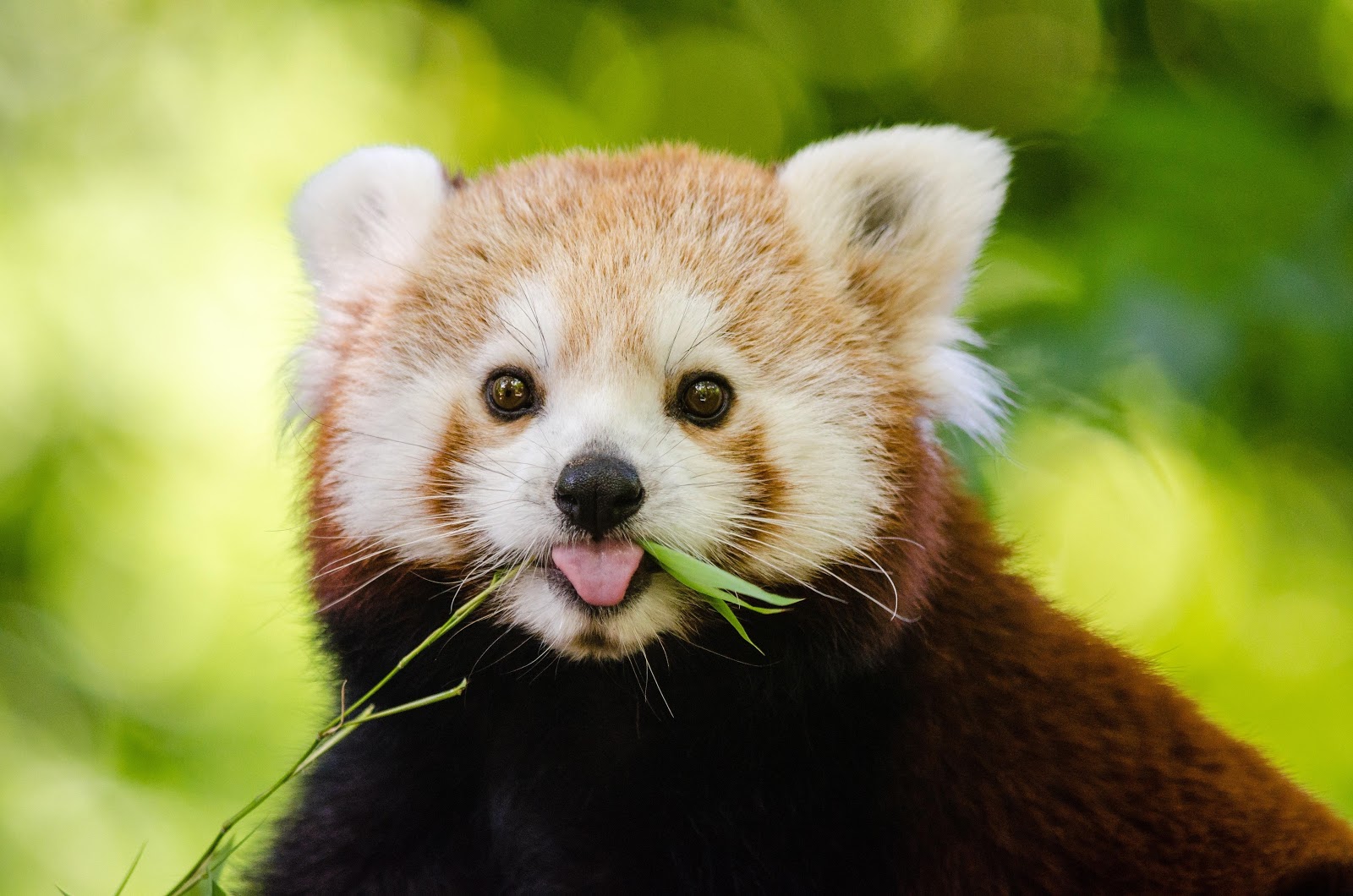
2-Eliminative behavior:
Is shown in urination and defecation.
In Which, the animal makes abduction to its hind limb, raises its tail, and lays down its head.
3-Social behavior:
Is shown when the animal interacts or connects with other animals or humans like in a horse when his owner enters into its place the horse makes some noise to represent greeting.
4-Agnostic or Aggressive action:
Occurs between same-sex animals like between males and males or between females and females. But rarely occurs between opposite-sex ones like male and female.
It can occur through 3 steps; threat, attack, and defense or escape.
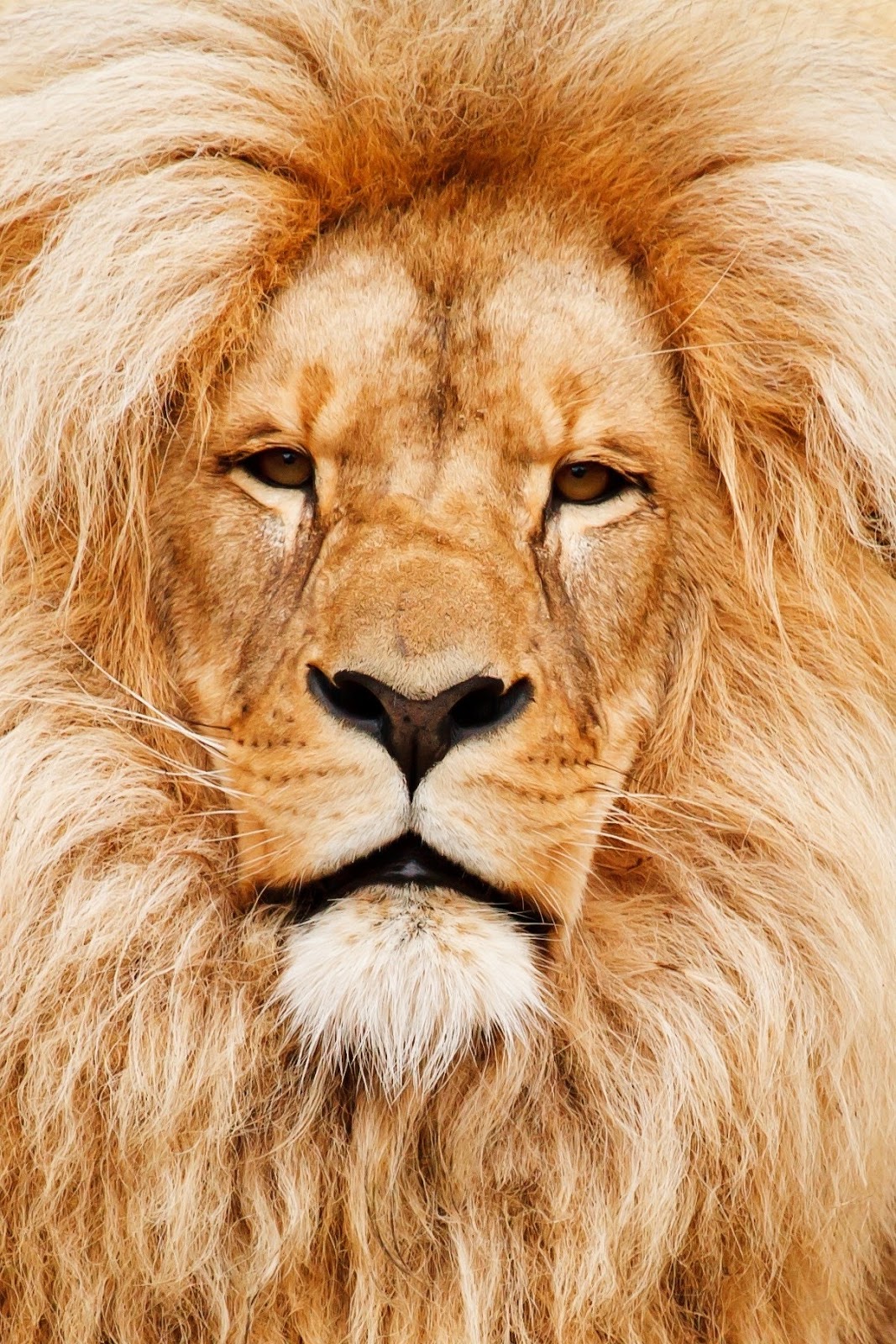
5-Sexual behaviors:
Occur between male and female species.
6-Maternal behaviors:
Are between mother and offspring.
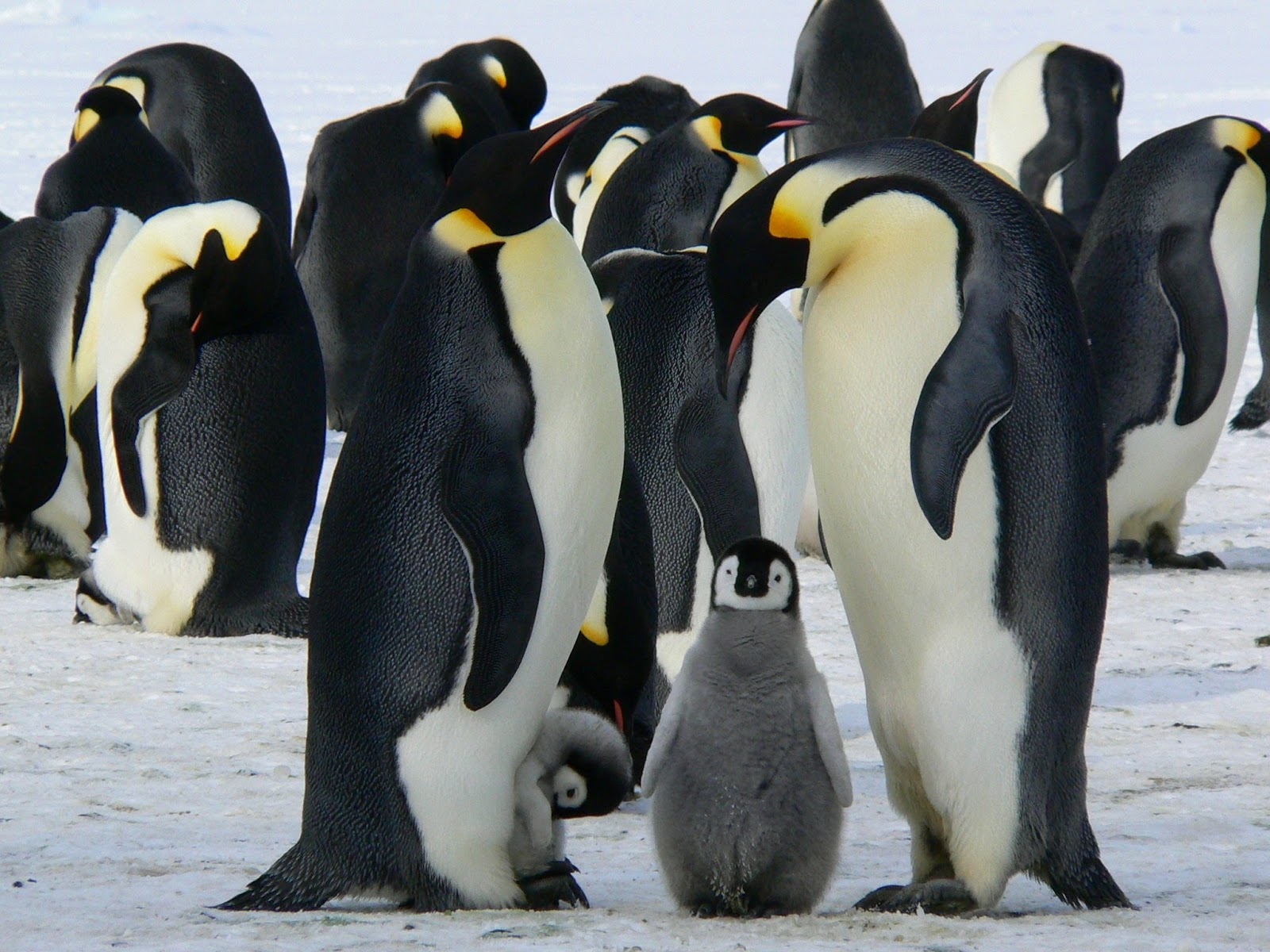
7-Escape behaviors:
Occur when animals meet or live in a new environment.
8-Exploratory behavior:
Or Investigative behaviors means any activity done by the ped to acquire new information about its environment.
9-Body care behaviors:
When the animal cleans itself and scratches its body to remove dirties.
Here we just ended our journey of general animal's behaviors and factors influencing it. wait for us in our foreseeable articles handling more interesting and different types of animal behaviors and other examples of their lifestyles, keep your interest, and follow us.
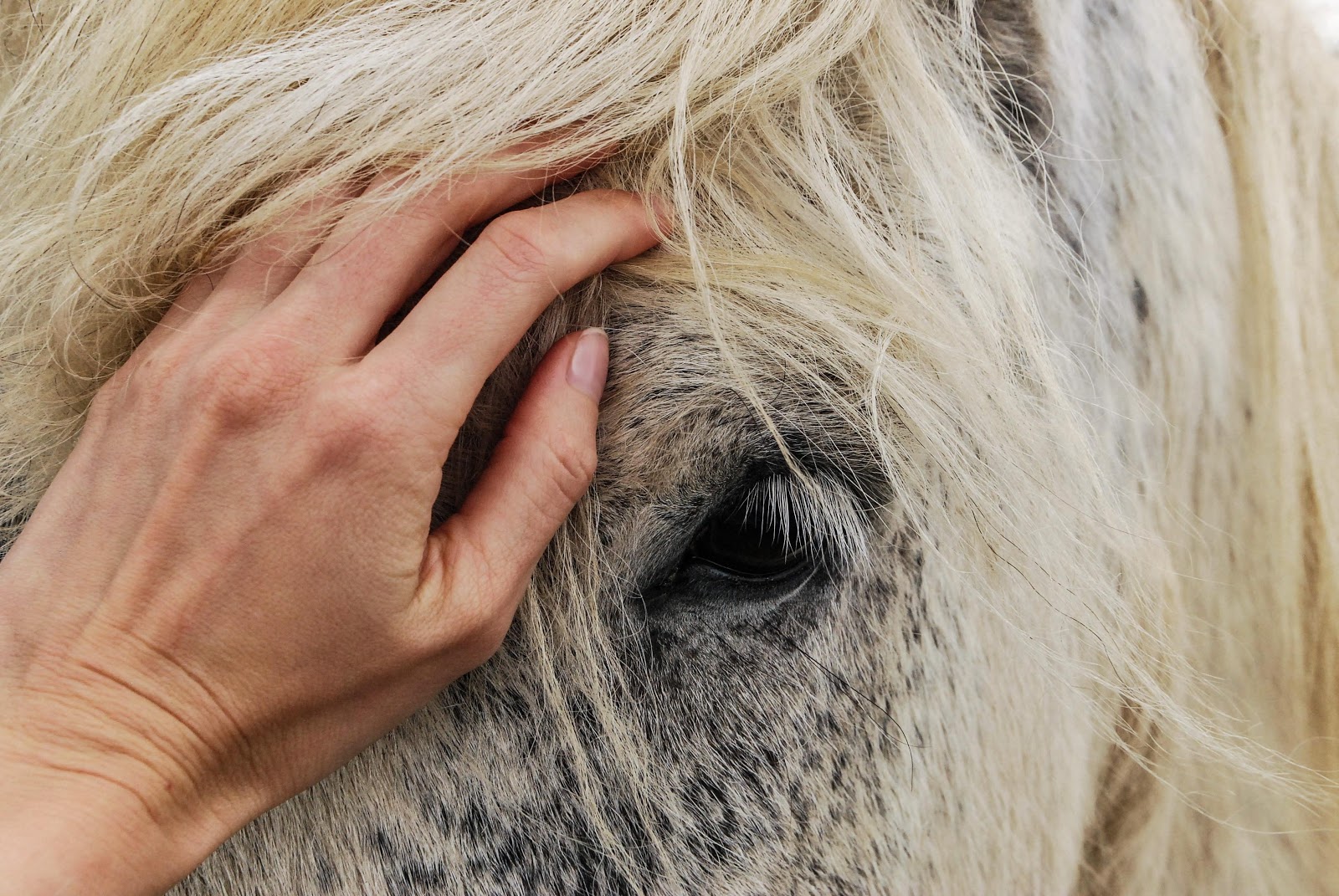
Our dew treats for you today are exploring the wonderful world of animal behavior, every step in that world delve you into huge and different animal behaviors, It teaches us how to treat an animal, how to raise it, and how to learn it some habits you may your self observe some new amazing habits, you also can learn difficult interesting moves and habits to animals like in circus if so observe it and go for it and share your experience in our comments.
Read more: weird traditions worldwide
Read more: Top 10 you must know about psychiatric disorders



You must be logged in to post a comment.